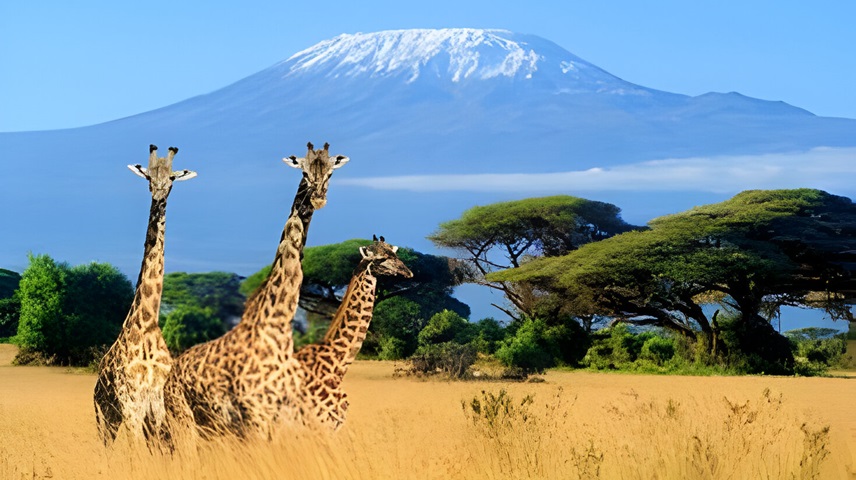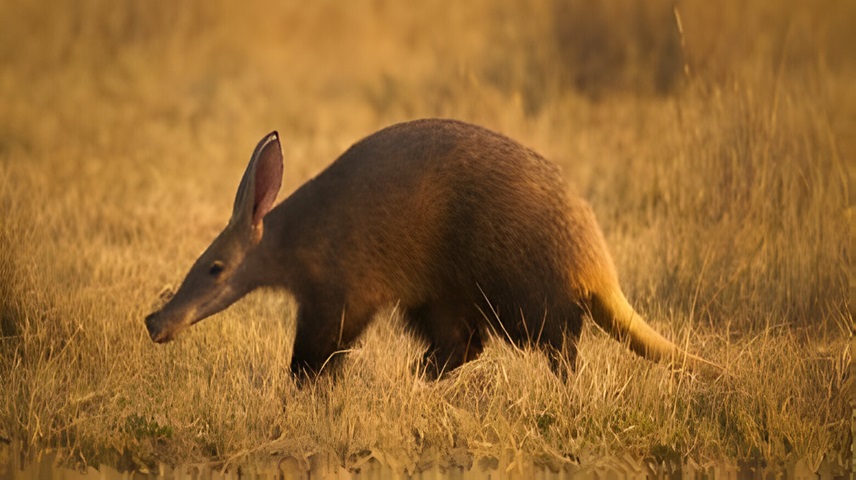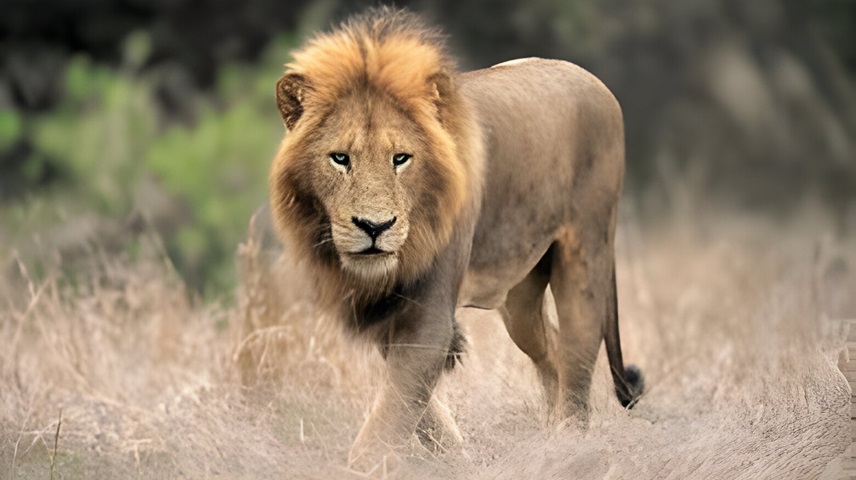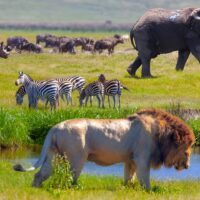Last Updated on February 22, 2025 by Mammals Life
The natural world is a tapestry of interwoven life forms, each playing a unique role in maintaining the balance of ecosystems. Among these, mammals stand out for their diversity, adaptability, and significant impact on the environment. From the tiniest shrews to the largest whales, mammals contribute to the health and stability of ecosystems in profound ways. This article explores the importance of mammals and how they shape our ecosystem, highlighting their biodiversity, ecological roles, economic importance, and the urgent need for conservation.
Mammalian Biodiversity
Mammals, characterized by their warm-blooded nature, fur or hair, and the ability to nurse their young with milk, represent one of the most diverse groups of animals on the planet. There are approximately 6,400 species of mammals, each adapted to thrive in different environments, from arid deserts to lush rainforests and deep oceans.
Classification and Adaptations
Mammals are classified into three major groups: marsupials, monotremes, and placentals. Marsupials, such as kangaroos and koalas, give birth to underdeveloped young that continue to grow in a pouch. Monotremes, including the platypus and echidnas, are unique among mammals as they lay eggs. Placentals, the most diverse group, encompass animals like elephants, dogs, and humans, which develop their young internally until a relatively advanced stage.
Adaptations among mammals are varied and remarkable. Bats have developed the ability to fly, using echolocation to navigate and hunt insects in the dark. Marine mammals like dolphins and whales have evolved streamlined bodies and the ability to hold their breath for extended periods, enabling them to live and thrive in aquatic environments. These adaptations allow mammals to occupy a wide range of ecological niches, contributing to the complexity and resilience of ecosystems.
Ecological Roles of Mammals
Mammals play several crucial roles in ecosystems, acting as herbivores, carnivores, pollinators, seed dispersers, and soil engineers. Each of these roles contributes to maintaining ecological balance and promoting biodiversity.
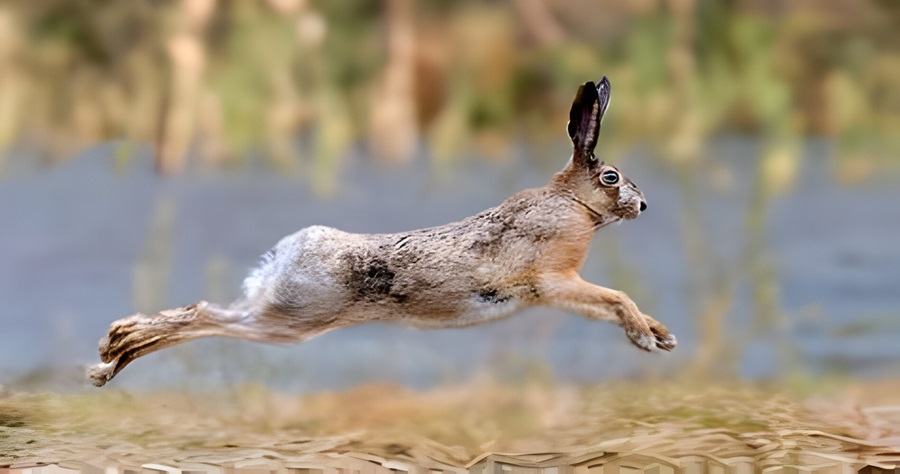
Herbivores and Plant Regulation
Herbivorous mammals, such as deer, rabbits, and elephants, play a vital role in regulating plant populations. By grazing on vegetation, they prevent any single species from becoming dominant, which helps maintain plant diversity. This, in turn, supports a wide range of other species, from insects to birds, that rely on diverse plant life for food and habitat.
Carnivores and Population Control
Carnivorous mammals, including lions, wolves, and tigers, help control the populations of herbivores and other prey animals. This predation pressure keeps prey populations in check, preventing overgrazing and the subsequent degradation of habitats. The presence of top predators also fosters a healthy ecosystem by encouraging a balance between predator and prey species.
Pollinators and Seed Dispersers
Some mammals, such as bats and certain primates, contribute to pollination and seed dispersal. For example, fruit bats feed on nectar and fruits, inadvertently transferring pollen from one flower to another. They also disperse seeds through their droppings, facilitating the growth of new plants over wide areas. This process is crucial for the reproduction of many plant species and the maintenance of forest ecosystems.
Soil Engineers
Burrowing mammals like moles, gophers, and prairie dogs significantly impact soil health. Their digging activities aerate the soil, promote nutrient cycling, and enhance water infiltration. This leads to improved soil fertility and structure, benefiting plant growth and the overall health of the ecosystem.
Economic and Cultural Importance
Beyond their ecological roles, mammals hold substantial economic and cultural significance. They contribute to agriculture, tourism, and cultural traditions, underscoring their importance to human societies.
Agricultural Benefits
Mammals such as cows, goats, and sheep are integral to agriculture, providing meat, milk, and wool. Additionally, some mammals act as natural pest controllers. For instance, bats and birds of prey help control insect and rodent populations, reducing the need for chemical pesticides.
Ecotourism
Wildlife, including mammals, attracts millions of tourists each year, generating significant revenue for conservation and local economies. National parks and wildlife reserves often rely on the presence of iconic mammals, such as elephants, lions, and bears, to draw visitors. This ecotourism fosters a greater appreciation for wildlife and supports efforts to protect these species and their habitats.
Cultural Significance
Mammals hold deep cultural and spiritual significance in many societies. Totem animals, symbols, and stories often feature mammals, reflecting their importance in human history and culture. For example, the bear is a central figure in many Native American traditions, symbolizing strength and resilience. Such cultural connections emphasize the need to preserve these species as part of our shared heritage.
Threats to Mammals and Their Habitats
Despite their importance, mammals face numerous threats that jeopardize their survival and the health of ecosystems. Habitat destruction, climate change, and hunting are among the primary challenges.
Habitat Destruction
Human activities such as deforestation, urbanization, and agriculture lead to the loss and fragmentation of habitats. This destruction displaces mammalian species, reducing their populations and genetic diversity. Forests, wetlands, and grasslands, essential for many mammals, are particularly vulnerable to these impacts.
Climate Change
Climate change poses a significant threat to mammals, altering habitats and food availability. Rising temperatures, shifting weather patterns, and changing precipitation levels affect the distribution and behavior of mammalian species. For instance, polar bears rely on sea ice to hunt seals, and the melting ice due to global warming threatens their survival.
Hunting and Poaching
Illegal hunting and poaching for meat, fur, and other body parts put many mammal species at risk. Tigers, rhinos, and elephants are among the most affected, with their populations declining rapidly due to poaching. The illegal wildlife trade not only endangers these species but also disrupts ecosystems by removing key animals from the food web.
Conservation Efforts
Efforts to protect mammals and their habitats are crucial for maintaining ecological balance and biodiversity. Conservation initiatives encompass protected areas, legislation, community involvement, and successful programs.
Protected Areas
Establishing national parks and wildlife reserves is a key strategy in mammal conservation. These protected areas provide safe habitats where animals can thrive without the threat of human encroachment. For example, Yellowstone National Park in the United States and the Serengeti National Park in Tanzania are renowned for their rich mammalian biodiversity and conservation success.
Legislation and Policies
Laws and international agreements play a vital role in protecting mammals. The Convention on International Trade in Endangered Species of Wild Fauna and Flora (CITES) regulates the trade of endangered species, while national laws often prohibit hunting and protect critical habitats. Effective enforcement of these laws is essential to curb illegal activities and support conservation efforts.
Community Involvement
Engaging local communities in conservation is crucial for long-term success. Community-based conservation programs empower people to protect wildlife while benefiting economically. For example, in Namibia, community conservancies have successfully increased wildlife populations and provided income through tourism and sustainable use of natural resources.
Success Stories
Several mammal conservation programs have yielded positive results. The reintroduction of the gray wolf to Yellowstone National Park has restored ecological balance, benefiting various species and habitats. Similarly, anti-poaching efforts and habitat restoration have led to the recovery of the black rhino population in parts of Africa.
Conclusion
Mammals are indispensable to the health and stability of ecosystems. Their roles as herbivores, carnivores, pollinators, seed dispersers, and soil engineers underscore their importance in maintaining ecological balance and promoting biodiversity. Moreover, mammals hold significant economic and cultural value, contributing to agriculture, tourism, and cultural traditions.
Despite the numerous threats they face, concerted conservation efforts offer hope for the future. Protected areas, legislation, community involvement, and successful programs demonstrate that it is possible to protect these vital creatures and their habitats. By recognizing and addressing the challenges, we can ensure that mammals continue to shape our ecosystems and enrich our world.
As stewards of the planet, it is our responsibility to safeguard the diversity of life. Supporting mammal conservation initiatives, advocating for stronger protection policies, and raising awareness about the importance of these creatures are essential steps toward a sustainable future. Let us celebrate the incredible diversity and significance of mammals and work together to preserve them for generations to come.

